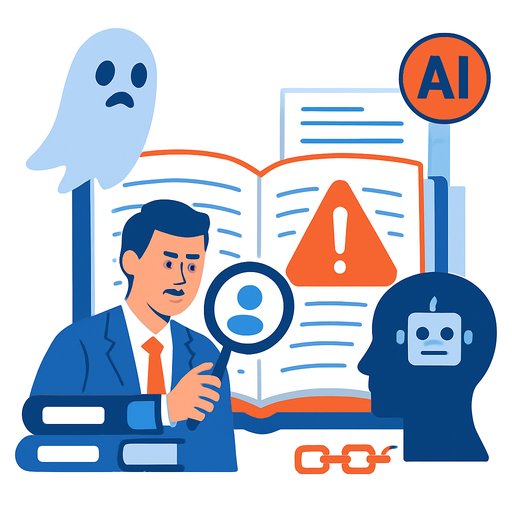The Discovery of a Supernova Triggered by a Black Hole
A massive star orbiting a black hole exploded in a rare event detected with the help of artificial intelligence. This discovery was made by an astronomy collaboration led by the University of California, Santa Cruz, focused on identifying supernovae shortly after they occur. The blast, named SN 2023zkd, was first spotted in July 2023 by an AI algorithm scanning the sky for unusual cosmic explosions in real time.
The early detection enabled astronomers to start follow-up observations immediately, which is crucial for capturing the full evolution of such events. Over the course of the explosion, numerous telescopes on the ground and in space monitored the phenomenon. Among them were two telescopes at Hawaiʻi’s Haleakalāa Observatory, part of the Young Supernova Experiment (YSE) based at UC Santa Cruz.
“Something exactly like this supernova has not been seen before, so it might be very rare,” said Ryan Foley, associate professor of astronomy and astrophysics at UC Santa Cruz. “Humans can spot unusual events, but AI flags them earlier, enabling timely observations that are critical for understanding these fast-changing phenomena.”
Time-bound Astrophysics
YSE surveys a vast portion of the sky—about 4% of the night sky or 6,000 times the area of the full moon—every three days. This large-scale monitoring has led to the discovery of thousands of cosmic explosions and transient events, many caught just hours or days after they begin.
The team interpreting SN 2023zkd suggests the explosion was triggered by the star’s close interaction with its black hole companion. As energy was lost from their orbit, the star moved closer until gravitational stress partially swallowed it, leading to the supernova. This finding, published in the Astrophysical Journal on August 13, presents the strongest evidence that such encounters can detonate stars.
Alternatively, the black hole might have torn the star apart before a typical explosion could occur. In this case, the star’s debris rapidly accreted onto the black hole, and the bright light was produced by this debris colliding with surrounding gas. Both scenarios result in a single, heavier black hole remaining after the event.
An Unusual, Gradual Glow Up
Located about 730 million light-years away, SN 2023zkd initially appeared as a typical supernova with a single burst of light. However, its brightness unexpectedly increased again after the initial decline. Archival data revealed that the system had been gradually brightening for over four years before the explosion, a rare pre-supernova behavior.
Further analysis showed that the explosion’s light was influenced by material the star shed in the years leading up to its death. The first brightening came from the blast wave hitting low-density gas. The second, delayed peak was caused by a prolonged collision with a thick, disk-like cloud of material. This pattern and the star’s erratic pre-explosion activity suggest extreme gravitational stress from a nearby compact companion—likely the black hole.
Foley and his colleagues worked closely on the spectral data, ultimately supporting the binary system theory involving the black hole. While the idea initially sounded improbable, careful examination confirmed the observations fit this scenario.
“Our team built the software platform to consolidate data and manage observations, integrating AI tools that made this discovery possible,” Foley explained. The collaboration brought together experts in observation, theory, and AI, including teams from the Center for Astrophysics | Harvard & Smithsonian and MIT as part of YSE. Funding came from the National Science Foundation, NASA, the Moore Foundation, and the Packard Foundation.
Challenges Ahead for Science and Research
Despite this breakthrough, funding uncertainty threatens ongoing support for such collaborations. Foley noted that reduced resources force the team to take fewer risks, leading to lower scientific output and fewer graduate students entering the field. Many students face the prospect of leaving astrophysics or seeking jobs outside the U.S.
The AI techniques used here have broader potential applications beyond astronomy. These include early detection of diseases, identifying security threats, addressing mental health issues, and detecting financial fraud. Anywhere real-time anomaly detection is valuable, similar AI approaches are likely to have an impact.
For professionals interested in AI applications and learning more about artificial intelligence tools, Complete AI Training offers up-to-date courses and resources.
Your membership also unlocks:






